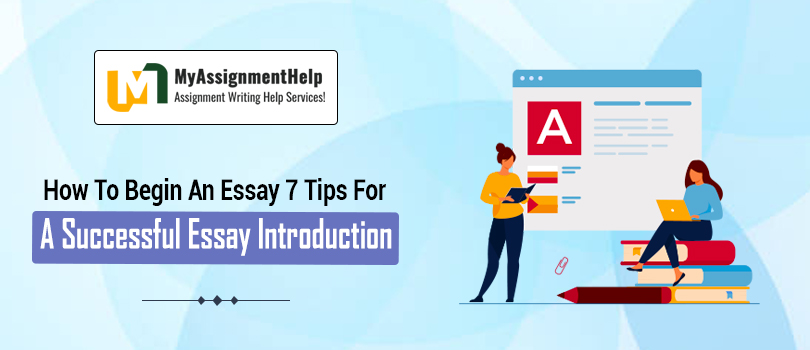Essay writing can be a daunting task, but a well-crafted introduction can make all the difference. Your essay introduction sets the tone for the entire paper and can captivate your readers or leave them disinterested. If you’re struggling to begin your essay, don’t worry; we’ve got you covered with these seven tips for a successful essay introduction. If you need further assistance, there are essay introduction writing help services available to provide expert guidance.

Hook Your Reader
The first sentence of your introduction should grab your reader’s attention. This is your chance to make a strong impression. You can use a variety of techniques to hook your reader, such as starting with a surprising fact, posing a thought-provoking question, or sharing a compelling anecdote. The goal is to pique your reader’s curiosity and encourage them to keep reading.
Provide Context
After hooking your reader, it’s essential to provide some context for your essay. Explain the topic or issue you will be addressing and why it’s important. This helps your readers understand the significance of your essay and why they should care about it. Be concise and clear in your explanation to avoid overwhelming your reader with too much information.
State Your Thesis
Your thesis statement is the heart of your essay introduction. It should be a clear and concise statement that outlines the main argument or point of your essay. A well-crafted thesis gives your reader a roadmap for what to expect in the rest of the essay. Make sure your thesis is specific and debatable, as it will be the focus of your essay.
Outline Your Essay Structure
After stating your thesis, briefly outline how your essay will be structured. Mention the main points or arguments you will discuss in the body of your essay. This gives your readers a sense of the essay’s organization and helps them follow your argument more easily. Keep this section concise and to the point.
Use Transition Sentences
Smooth transitions are crucial in essay writing. Use transition sentences to guide your reader from the introduction to the body of your essay. These sentences can bridge the gap between the introduction and the first paragraph, making the transition seamless. Transition words and phrases like “however,” “in addition,” and “on the other hand” can be helpful here.
Be Concise
While it’s essential to provide necessary context and information in your introduction, it’s equally important to be concise. Avoid overly long introductions that can bore your reader. Aim for clarity and brevity, focusing on the key elements of your essay: the hook, context, thesis, and essay structure.
Revise and Proofread
Finally, don’t underestimate the power of revision and proofreading. After writing your essay introduction, take the time to review and refine it. Look for clarity, coherence, and any grammatical or spelling errors. A well-polished introduction demonstrates your commitment to producing a high-quality essay.
If you find yourself struggling with crafting a compelling essay introduction, consider seeking essay writing help services. These services offer expert guidance and support to help you create a stellar introduction and improve your overall essay-writing skills. Experienced writers and editors can provide valuable feedback and tips to enhance your writing.
In conclusion, a successful essay introduction is essential for engaging your reader and setting the stage for the rest of your essay. Use these seven tips to create a captivating introduction that grabs your reader’s attention, provides context, states your thesis, outlines your essay structure, uses transition sentences, and maintains conciseness. And remember, if you ever need assistance, essay introduction writing help services are available to support your writing journey. With practice and guidance, you can master the art of crafting compelling essay introductions that leave a lasting impression.





